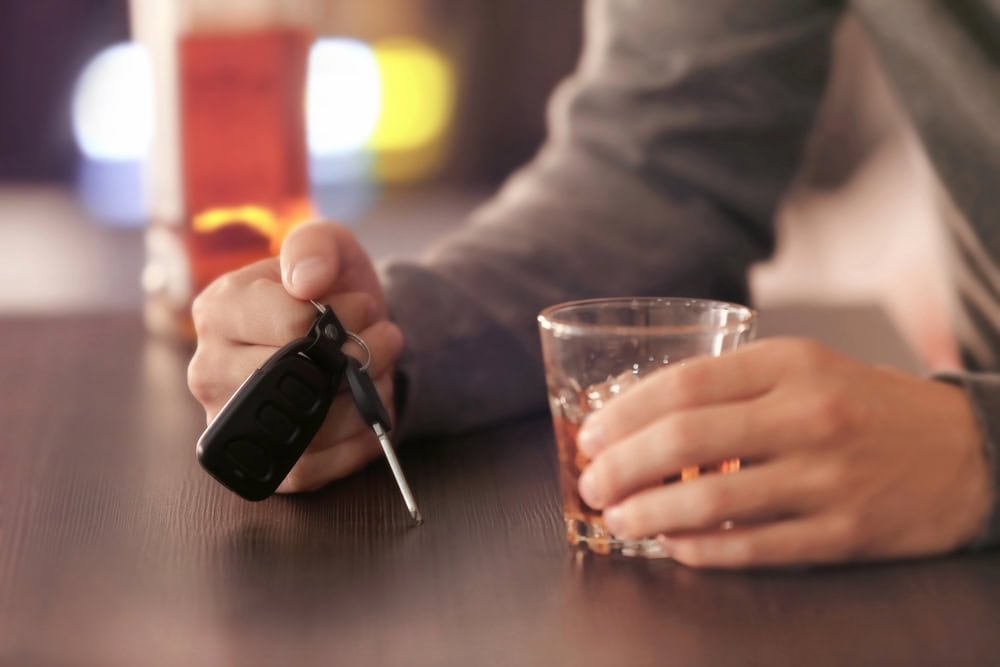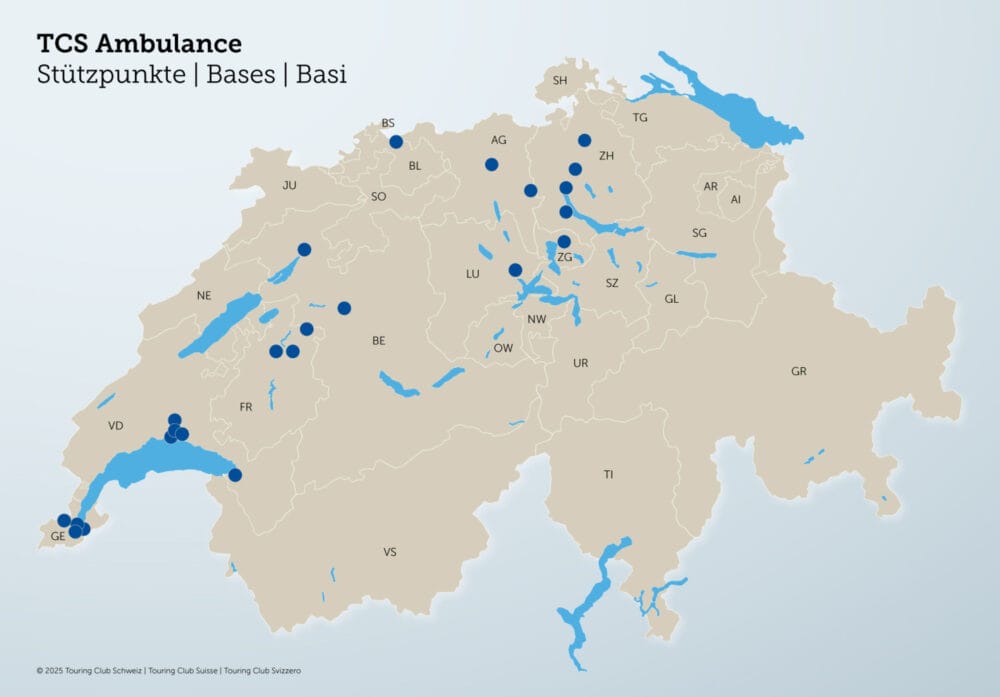Still not all wear seat belts - especially in the back seat
In the back seat, only 86% of the people buckle up - despite mandatory. This is 10% more than the year before, but still not enough, according to the BFU.

This year's survey by the Swiss Council for Accident Prevention (bfu) on the wearing rate of seat belts shows a different picture for the different parts of the country. The compulsory use of seat belts, introduced in 1981, is respected by 94 percent of drivers. The seat belt is worn most in German-speaking Switzerland (95 %), ahead of French-speaking Switzerland (92 %) and Ticino (91 %).
There are ever smaller differences in seat belt use at the various locations: while 97 % and 94 % of drivers wear their seat belts on freeways and extra-urban roads, respectively, the seat belt use rate in urban areas is 93 %. This confirms the pleasing increase of previous years on urban roads (in comparison: 2005: 74% / 2010: 83 %). However, there is still potential, because the accident risk does not correspond at all to the subjectively perceived danger: On inner-city roads, more than twice as many vehicle occupants are involved in accidents than on highways. Wearing a seat belt should therefore be a matter of course, especially on short urban stretches.
The rear seat passenger carrying rate increased for the first time in quite some time. However, in view of the fact that rear seat belt use was made mandatory in 1994, the wear rate of 86 % (2014: 77 % / 2015: 76 %) is still too low. This is actually incomprehensible, since the seat belt is still one of the most important life-savers in road traffic.
bfu estimates of the rescue potential have shown that seat belts have prevented nearly 15,000 serious injuries and 1800 fatalities in Switzerland since 2000.
An ETSC report in spring 2014 came to a similar conclusion. In its paper, the European Transport Safety Council noted that in 2012 alone, around 8600 passenger car occupants across Europe survived serious collisions because they were wearing a seat belt. And: according to the ETSC report, 900 lives could be saved each year if seat belt reminders (seat belt reminders) consistently prompted all vehicle occupants to buckle up with a warning light and/or sound. The bfu, the Swiss Competence Center for Accident Prevention, will therefore continue its efforts to ensure that seat belts in cars become more and more a matter of course in this country - even in the back seats.
Source: AAIB










